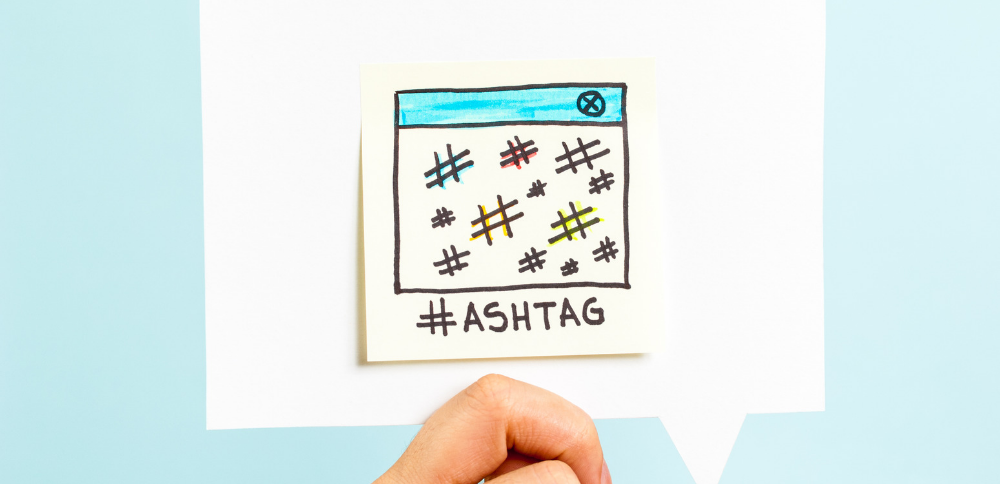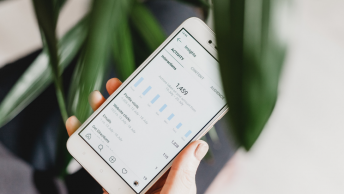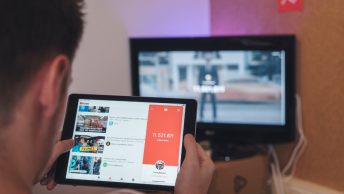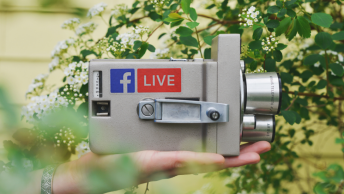Over the course of about a decade, hashtags have taken over. They can be seen across almost every social platform. However, like any digital institution, past prominence is no guarantee of future relevance.
People have become increasingly wary of spam and protective of their data. Technology changes by the hour too. Nothing stays the same for long in the digital world. Also, past scandals have forced many major players, like Facebook, to embrace an era of quality control and transparency.
So, what is the value of the hashtag in the shifting digital landscape? In this blog post, we explore where the hashtag has been and what it can really do for you.
While you will see hashtags floating around most social platforms, they are the lifeblood of Instagram. Instagram has always let users include long strings of tags in their posts. However, in order to get the most out of them on Instagram, you need to do some clever thinking.
This is even truer if you work in an incredibly busy industry. Many are struggling to cut through the noise in digital spaces cluttered with similar ideas and accounts. Using synonyms can help you cut through the noise in an overcrowded digital space.
You Want To Get It Right

On a regular post, you can use a maximum of 30 hashtags. However, on Stories, you can use a maximum of 10. Again, while Instagram is the most hashtag-friendly site, you don’t want your posts to look spammy.
As a business, your goal is to use the right combination of hashtags to achieve maximum reach. On the other hand, you don’t want to weigh your posts down with so many hashtags that they look pushy and clunky.
Regardless of how you use them or your opinion of hashtags, they remain a key part of Instagram. They are how users find relevant content on the platform.
SEE ALSO: Effective Instagram SEO Strategies To Scale Your Business
LinkedIn introduced hashtags in 2018. However, as this site is different from other social media sites, the way you might engage with hashtags on it is a little bit different.
When you use hashtags on LinkedIn, you make your content more discoverable. You also raise the chances that people who are interested in your content or company will come across it.
However, as LinkedIn is primarily a platform for professionals to connect, it is important to keep your tags professional. While Instagram is known for its aesthetic-driven landscape and Twitter is known for its raunchy and irreverent culture, the kinds of things that do well on Twitter will likely not impress your boss or sponsors on LinkedIn.
On LinkedIn, you can add hashtags to your posts, headline, and summary aswell.
Twitter is where the hashtag was born. Here is a look at the first tweet ever, sent in 2006, by creator Jack Dorsey.
In 2007, they began being used on Twitter and quickly took over the social media sphere. However, their use on Twitter is a bit different than on Instagram.
On Twitter, you have to find popular tags. What is popular is generated by the audience and can’t be latched onto by businesses. On Twitter, you really have to know what you are doing. You have to know how the Twitter landscape works and what is popular on it.
While this can be difficult to figure out, it has definite rewards. There are also free tools like Hashtagify which you can use to do basic hashtag research on Twitter. If you do not know what is trending, you are largely wasting your time. However, once you put in the time, you can unlock entire communities.
SEE ALSO: Twitter Marketing Strategies To Help You Succeed On Social Media
The Facebook hashtag is a bit of a different story. No one is really sure how exactly they work. We know that the site supports the use of them, but what exactly they do for posts on the platform is unclear. However, with such a limited character limit, you have to be specific when using them.
Facebook is definitely not as hashtag-friendly as Instagram. This means that you have to understand your audience, what they want to see, and how they use hashtags. In order to accomplish this, you have to know what they are searching for. When they search, you want to make sure you pop up.
Overstuffing posts with hashtag after hashtag is generally not recommended across all platforms. However, this is especially not useful on Facebook. It is best to figure out which few hashtags work best for your brand and then use them to build a campaign over time.
YouTube
YouTube has been late when it comes to the use of the hashtag. In 2018, they introduced this feature. They can appear and be clickable in both video titles and descriptions. This is part of YouTube’s new strategy to try and ensure viewers can access the content they want and avoid the content that they do not wish to see.
A part of this is limiting how many you can use. In fact, including more than 15 can lead to the platform ignoring all of the ones you used. If YouTube thinks your content is spam, it may remove it.
Keep in mind that YouTube is the second largest search engine in the world after Google. This update makes its vast library of content even more searchable. How hashtags are used on the site is critical to YouTube SEO.
What Part Do Hashtags Really Play?
Hashtags are still going strong, however, this is not the end of the story across all social media platforms. If you are considering them the be-all-end-all of your campaigns, think again.
You should use hashtags only when you have worked out what tags will effectively get you the engagement you need. This involves both clever research and testing. However, leveraging hashtags properly can work wonders for your digital brand, especially on mobile.
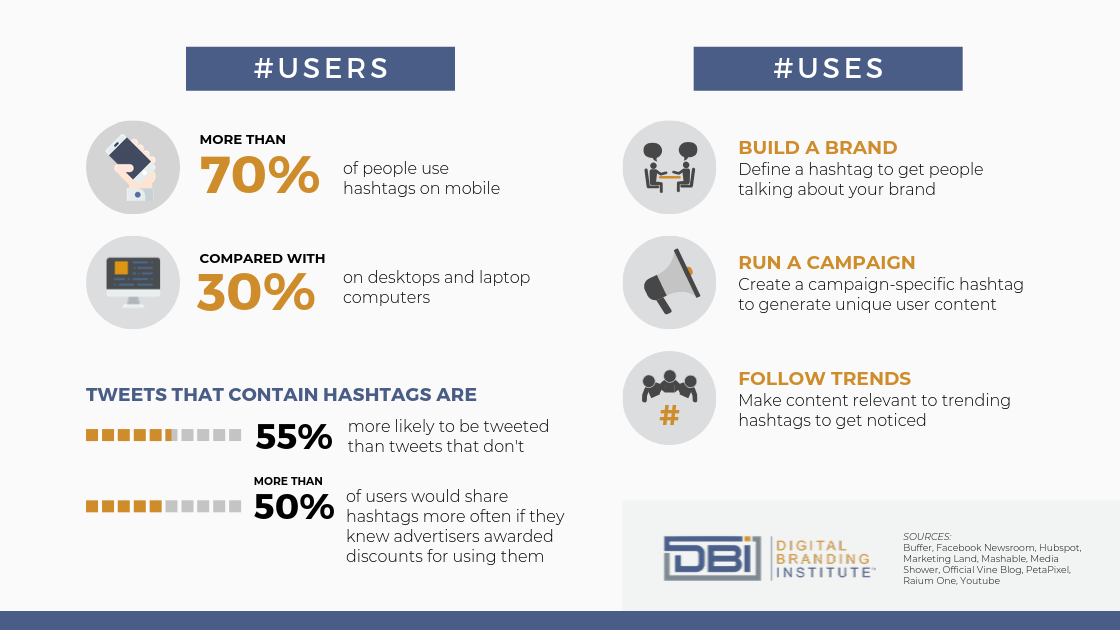
If you are just starting out, you can take a look at the hashtag encyclopedia on Hashtags.org. It gives you definitions of hundreds of them across many niches. It can even help you figure out how to use them.
Start With Instagram
To start, spend time on the platforms where hashtags are the most important. This might mean spending more time on Instagram and less on Facebook. First, use hashtags to gain engagement there. Then, once you are comfortable with that platform and know how to use it for optimal interaction, branch out to other platforms.
Don’t be shy about testing things out. Constant testing and exploration are key when it comes to finding the perfect hashtag to use in any situation.
Here is a list of some of the most popular hashtags on Instagram to get you started on your journey.
Final Thoughts
After being introduced on Twitter over a decade ago, hashtags have played a huge part in social media. Many sites, for example, YouTube and Instagram, act as massive search engines. Hashtags help people find the content they want to consume.
However, their influence and use are not the same across all platforms. How you use them, how many you use, and which you choose will ultimately depend on your goals, your business, and the platform which you are using.
Are you a hashtag hater or do you love them? Let us know why below…


